Found 902 places
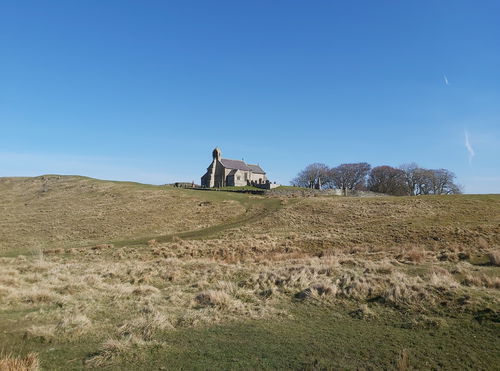
Church of St Aidan's Thockrington
Religious Place Swinburne NorthumberlandAn ancient Northumbrian Church, one of the oldest in the Country, dating back to the 11th Century that stands on a hill with amazing views in all directions.
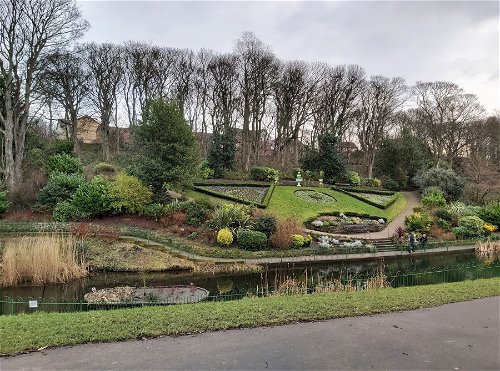
Northumberland Park
Landscape Tynemouth Tyne And WearA traditional Victorian Park packed with features sitting between Tynemouth and North Shields.
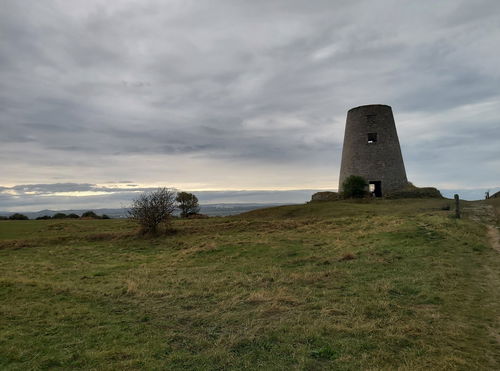
Cleadon Windmill
Windmill Cleadon Tyne And WearA ruined windmill sitting on the highest part of the Cleadon Hills.
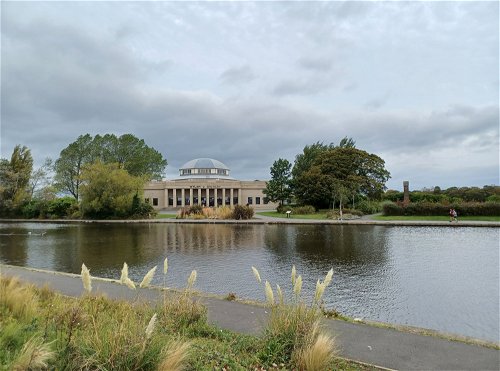
Exhibition Park
Landscape Newcastle City Centre Tyne And WearA 15 hectare public park, right in the centre of Newcastle, dating from the 1880s and associated with, and named after two major exhibitions, the Royal Jubilee Exhibition of 1887 and the 1929 North East Coast Exhibition.
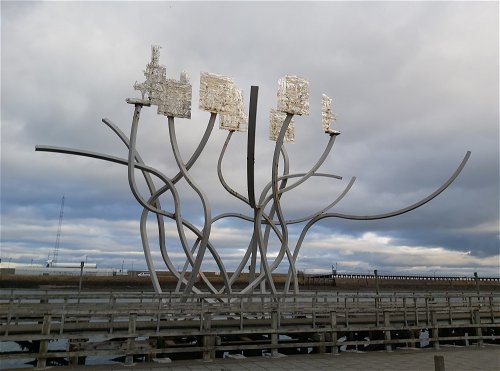
Spirit of the Staithes
Art Blyth NorthumberlandA piece of public art found at Blyth Quayside representing a full sized steam train and tender.
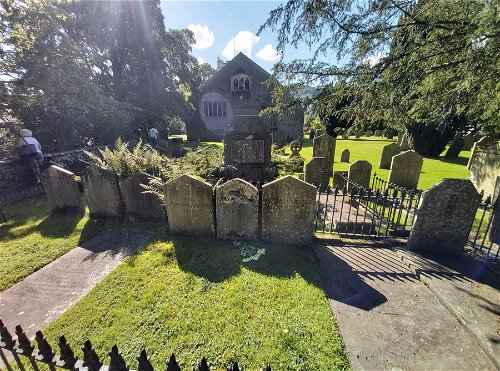
Wordsworth's Grave
Religious Place Grasmere CumbriaThe grave of famed Lakeland Poet, William Wordsworth.
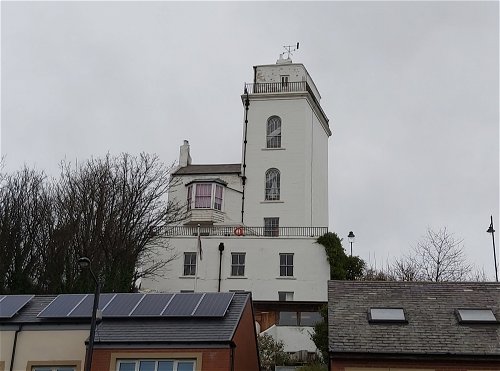
High And Low Lights Of North Shields
Lighthouse North Shields Tyne And WearDecommissioned leading lights in North Shields.
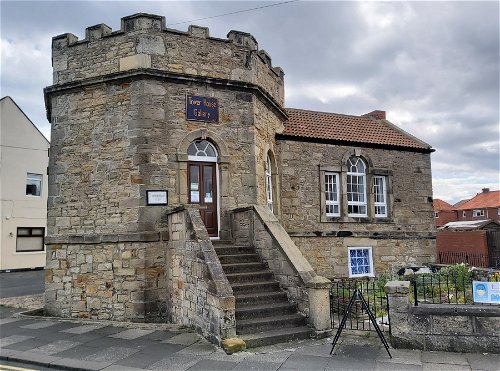
Tower House
Building Seaton Valley NorthumberlandA castelled octagonal building in Seaton Sluice that was once a tax office, harbour master house and now a gallery.
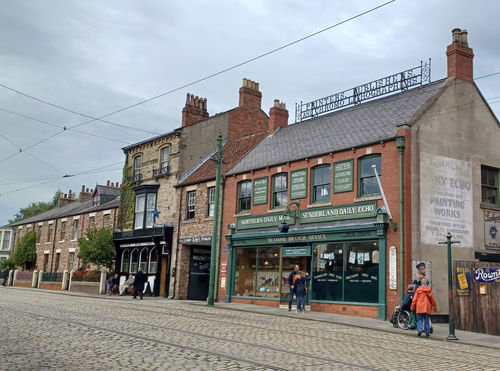
Beamish Museum
Estate Stanley County Durham350 acre world famous open air museum set in rural County Durham.
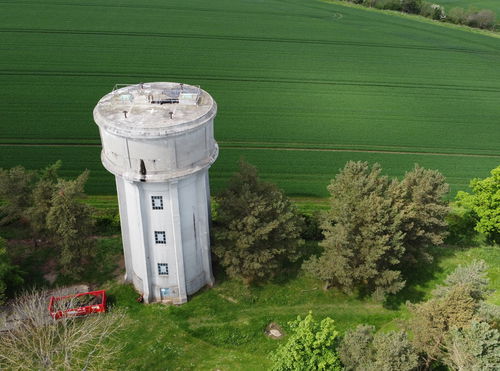
Northgate Water Tower
Water Tower Morpeth NorthumberlandA concrete water tower located next to Northgate Hospital in Morpeth.
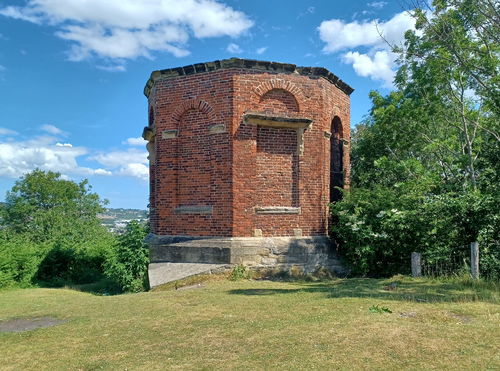
The Summerhill
Landmark Gateshead Tyne And WearAn octagonal folly, once part of the Stella Hall estate in Blaydon.
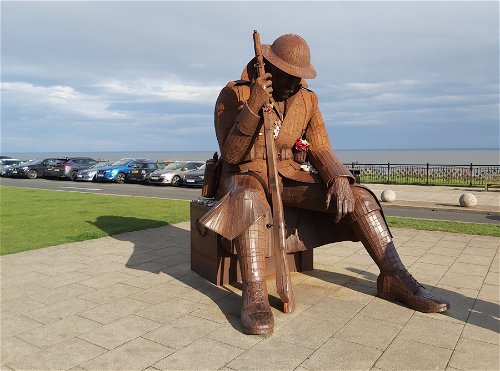
Eleven O One
Statue Seaham County DurhamA statue of a British infantryman commemorating the end of World War 1.
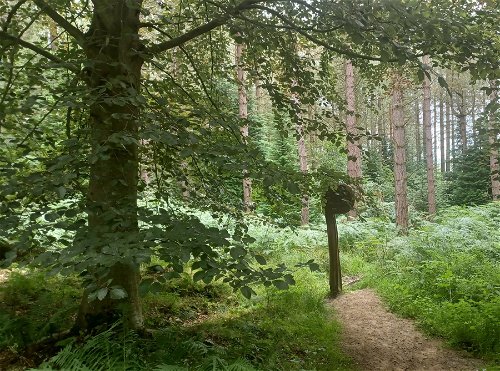
Chopwell Wood
Landscape Gateshead Tyne And WearBeautiful 360 hectare woodland, great for walkers, cyclists and horse riders.
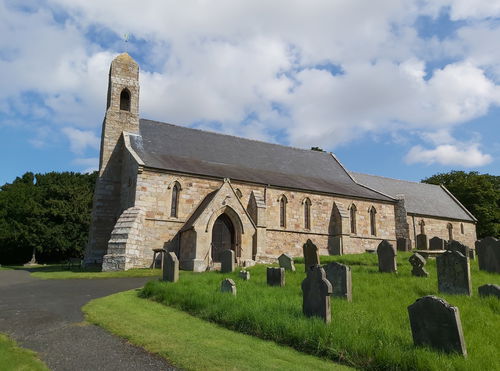
St Michael and All Angels Church
Religious Place Ford And Etal NorthumberlandA 13th century church located in the grounds of Ford Castle, later restored by John Dobson.
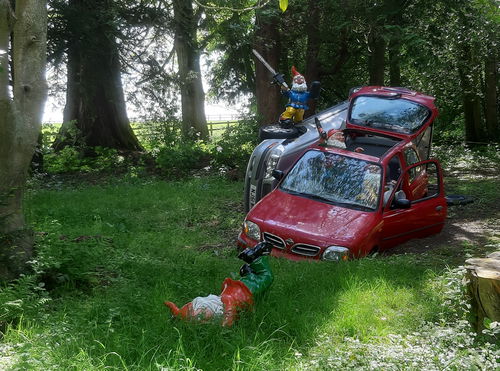
Cheeseburn Grange
Art Ponteland NorthumberlandA sculpture park and art exhibition space set within the grounds of Cheeseburn Grange, near Ponteland.
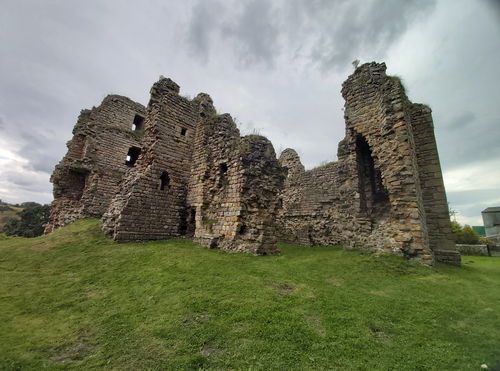
Thirlwall Castle
Castle Gilsland NorthumberlandA 12th-century castle in Northumberland on the bank of the River Tipalt rich in history and treasure!
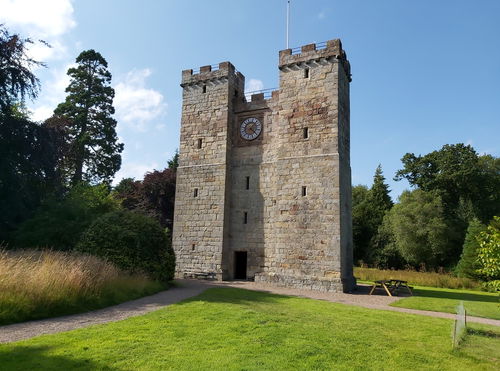
Preston Tower
Tower Preston NorthumberlandProbably the finest pele tower in Northumberland with magnificent views and beautiful gardens.
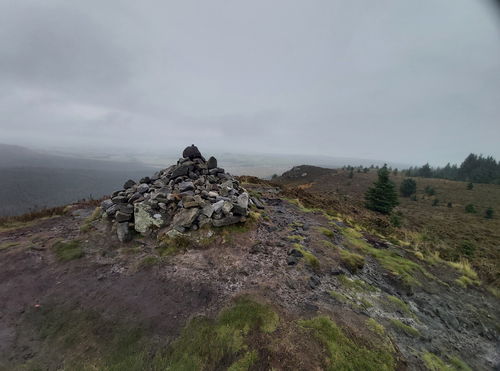
Thrunton Wood
Landscape Alnwick NorthumberlandA spectacular woodland planted on crags to the north and south.
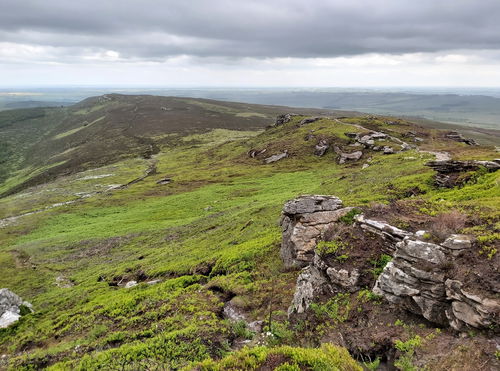
Simonside Hills
Landscape Rothbury NorthumberlandA sandstone ridge to the south of Rothbury with teems of crags, wildlife and amazing views.
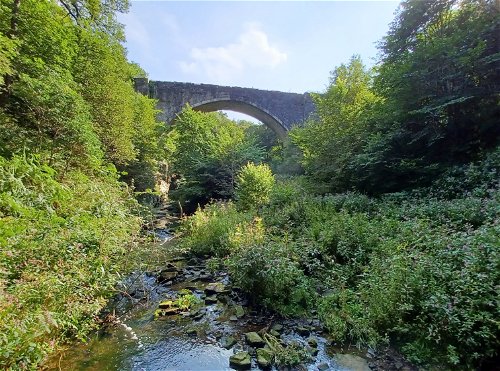
Causey Arch
Bridge Stanley County DurhamCausey Arch is the oldest surviving single-arch railway bridge in the world.
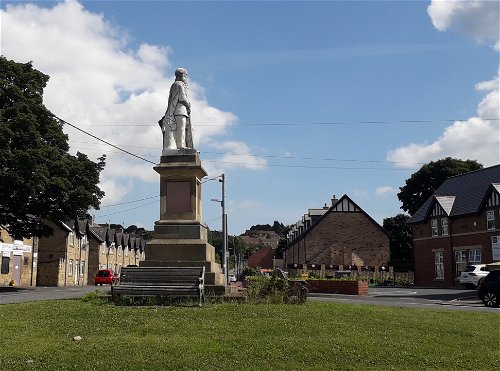
EM Perkins Monument
Statue Birtley, Co Durham County DurhamStatue dedicated to EM Perkins whose company supplied materials for the High Level Bridge in Newcastle.
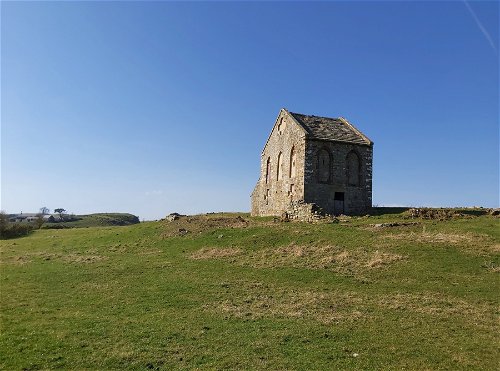
Swinburne Tithe Barn
Building Swinburne NorthumberlandA beautiful little barn used to collect tithes in the middle ages.
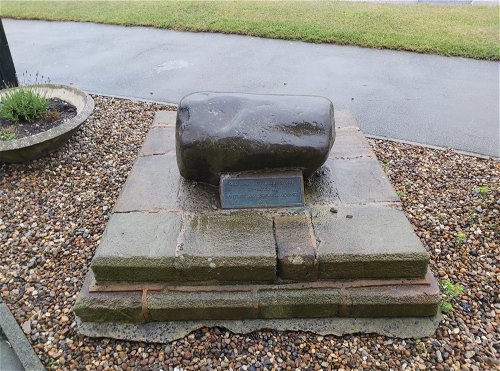
Old Hartley Blue Stone
Standing Stone Whitley Bay Tyne And WearA blue stone that has links to the Saxons, the black death, vaccinations and strongman feats!
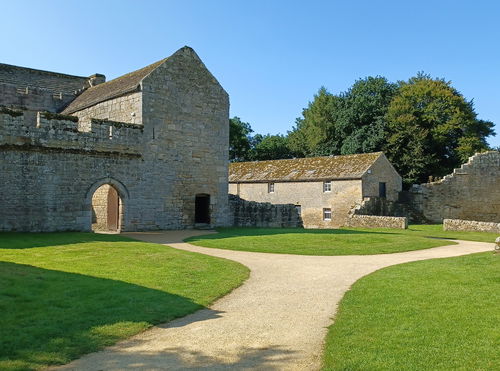
Aydon Castle
Castle Corbridge NorthumberlandA 13th century fortified manor house set in beautiful woodland setting near Corbridge.
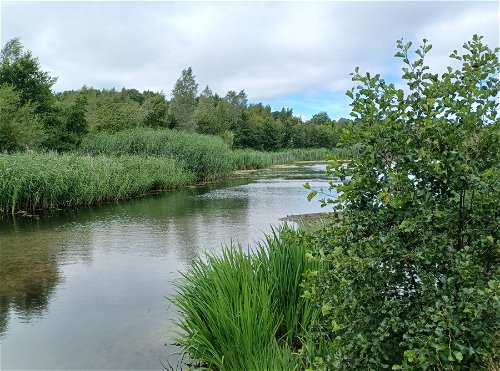
Watergate Forest Park
Landscape Gateshead Tyne And Wear24 hectare park with lake, woodland and waymarked paths in the heart of Gateshead.
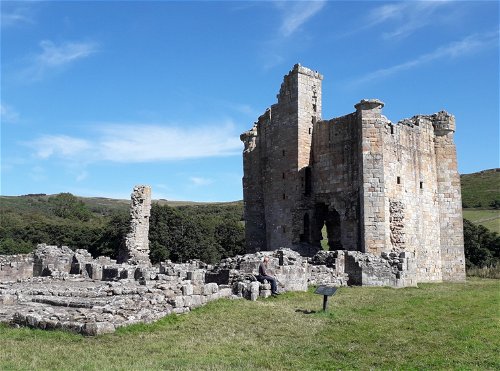
Edlingham Castle
Castle Edlingham NorthumberlandA 14th century ruined castle managed by the English Heritage.
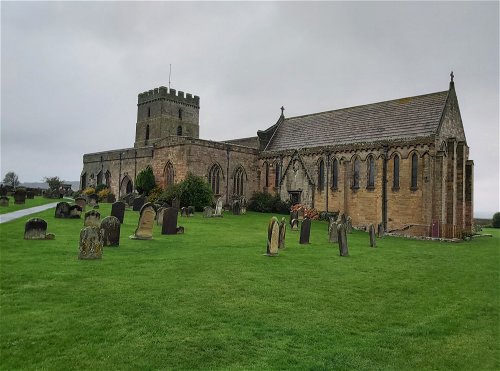
St Aidan's Church
Religious Place Bamburgh NorthumberlandA 12th century church standing on the site of the original wooden church built by St Aidan in the 7th century.
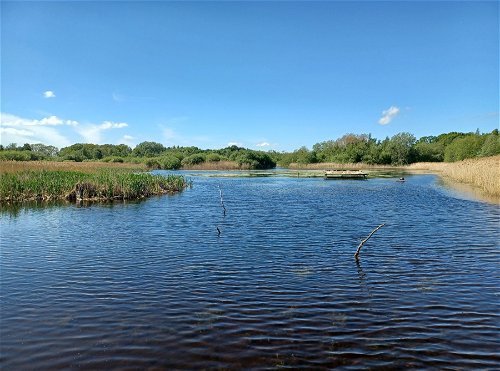
Gosforth Nature Reserve
Landscape Gosforth Tyne And WearA nature reserve set within Gosforth Park where you can see birds, otters, deer and much more.
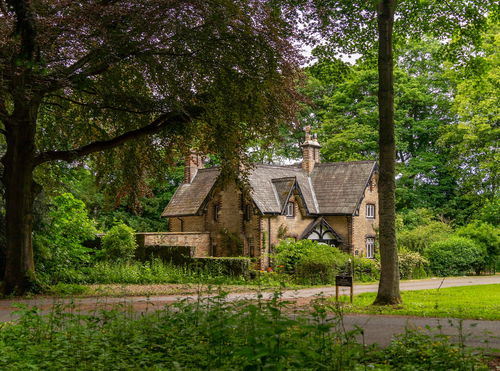
Lambton Estate
Estate Washington Tyne And WearOne thousand acres of historic park and woodland set against the backdrop of Lambton Castle.
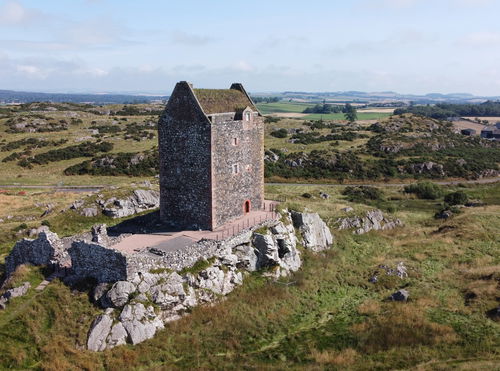
Smailholm Tower
Tower Kelso BordersA beautiful tower sitting atop the crag of Lady Hill near Kelso.
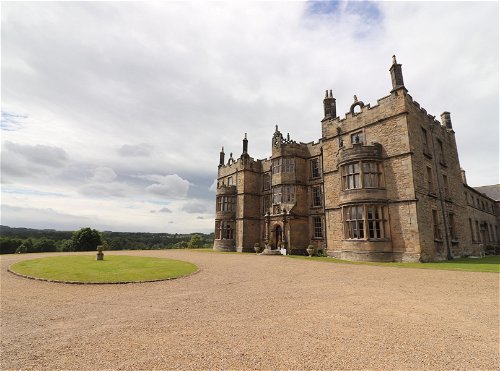
Chipchase Castle
Castle Hexham NorthumberlandA 17th-century Jacobean mansion disguided as a castle just north of Hexham.
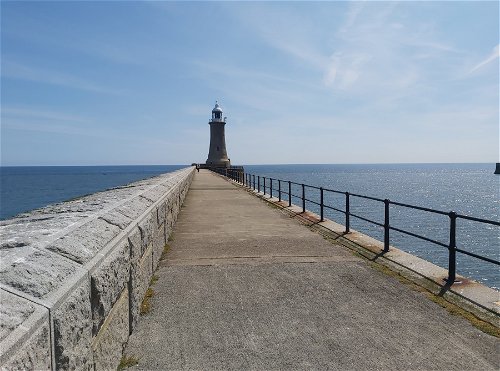
Tynemouth North Pier
Lighthouse Tynemouth Tyne And WearA 900m long pier protecting ships when entering the River Tyne at Tynemouth.
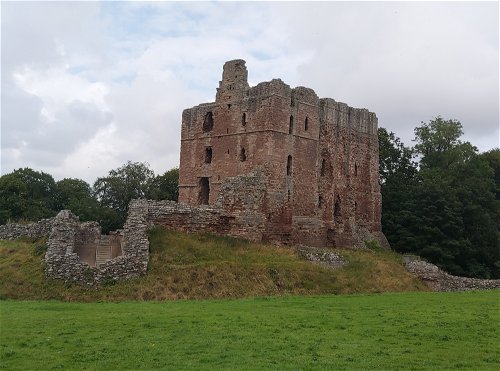
Norham Castle
Castle Berwick Upon Tweed NorthumberlandA 12th century castle that saw plenty of action during the wars between England and Scotland.
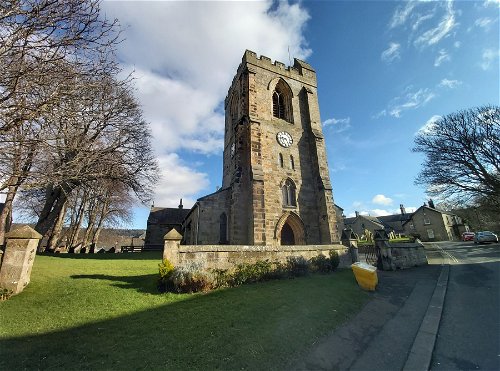
All Saints Church
Religious Place Rothbury NorthumberlandA Parish Church close to the centre of Rothbury, parts of which date back to the 1200s
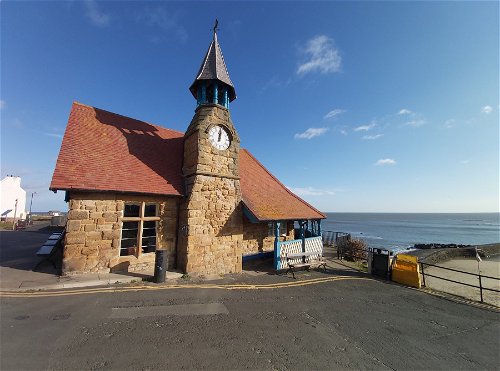
Cullercoats Watch House
Building Cullercoats Tyne And WearA grade two listed iconic building in Cullercoats constructed as a lookout for fishermen.

Morph in the North Art Trail
Art Whitley Bay Tyne And WearTwenty beautifully decorated Morph figures to find in North Tyneside.
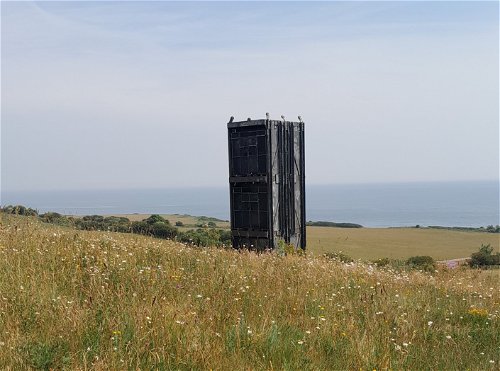
Easington Colliery
Landmark Peterlee County DurhamA town with a nature reserve, memorial garden, cemetry and a reconstructed miners pit cage, celebrating the times of mining in Easington Colliery.
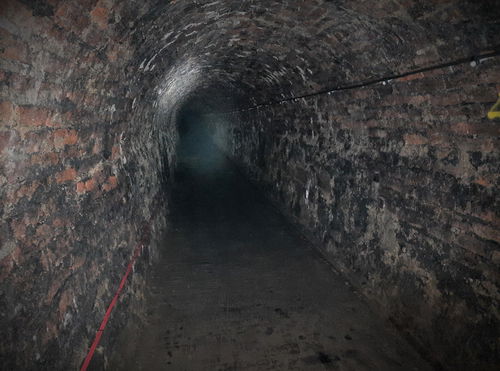
Victoria Tunnel
Building Newcastle City Centre Tyne And WearA tunnel running from the Town Moor to the Ouseburn that was used to transport coal and then became an air raid shelter.
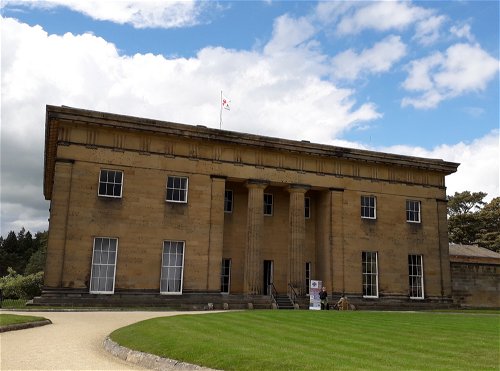
Belsay Hall, Castle and Gardens
Estate Belsay NorthumberlandA Greek Doric style house, 14th century castle and 30 acres of beautiful gardens.
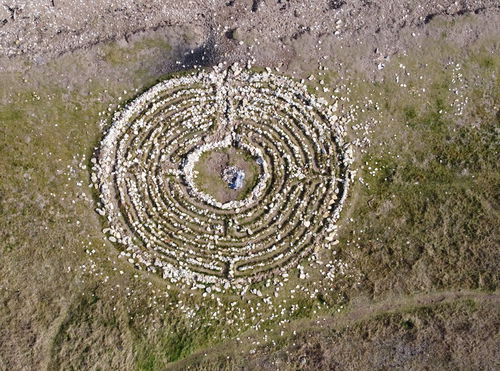
Finn's Labyrinth
Art Whitburn Tyne And WearA circular labyrinth made out of a selection of stones in memory of a dog.
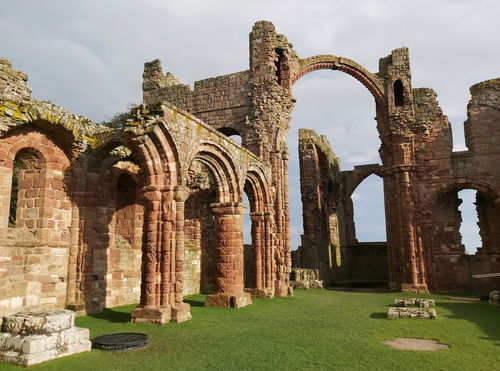
Lindisfarne Priory
Religious Place Holy Island NorthumberlandA ruined Priory on the Holy Island of Lindisfarne, widely considered to be the birthplace of Christianity in England.
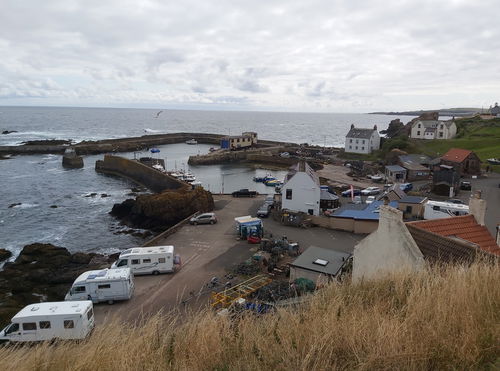
St. Abbs
Landscape Eyemouth BordersA quaint little fishing village set around old fishermen's cottages and spectacular jagged cliffs - Also twinned with New Asgard!
Penrith Beacon
Tower Penrith CumbriaA beacon that when lit would warn the neighbouring villages of an impending attack!
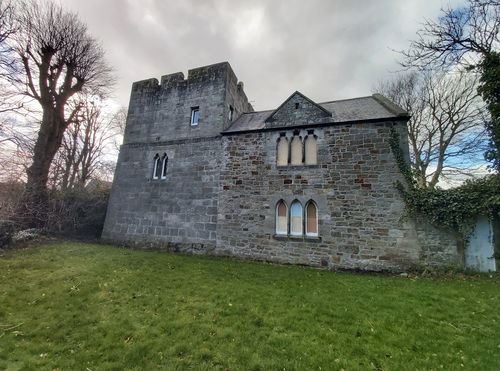
Shilbottle Pele Tower
Tower Alnwick NorthumberlandA pele tower that used to be part of the vicarage for the adjoining St James Church.
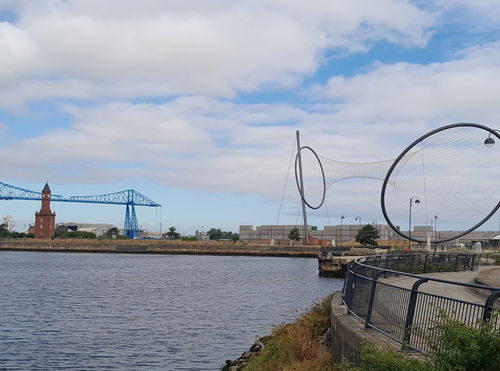
Transporter Bridge
Bridge Middlesbrough North YorkshireThe Transporter Bridge that spans the River Tees in Middlesbrough.
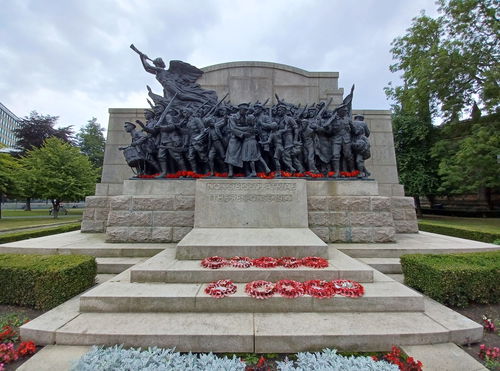
The Response
Statue Newcastle City Centre Tyne And WearA war memorial to the Northumberland Fusiliers sited on the grounds of St Thomas the Martyr Church at Barras Bridge, depicting the spirit and patriotic confidence that swept the nation at the outset of war in 1914.
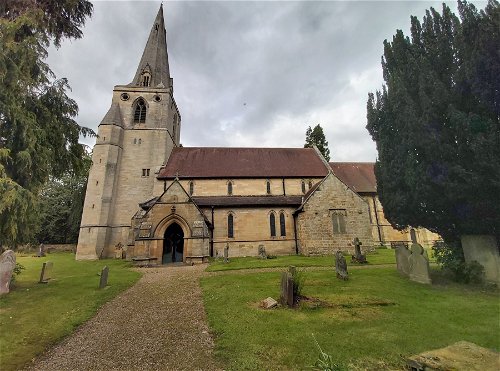
St Mary Magdalene Church Mitford
Religious Place Morpeth NorthumberlandA Grade I Listed Church in Mitford with a number of interesting architectural features and Grade II Listed tombstones and Lych Gate in the churchyard.
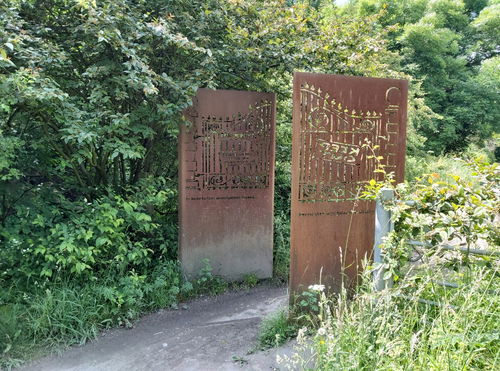
Keep Out Signs
Art Cramlington NorthumberlandMetal signs warning to Keep Out! Part of the Cramlington art trail.
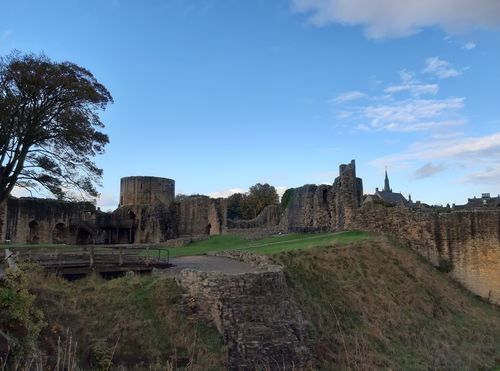
Barnard Castle
Castle Barnard Castle County DurhamA Grade I listed, 12th Century ruined castle on the banks of the River Tees in Barnard Castle
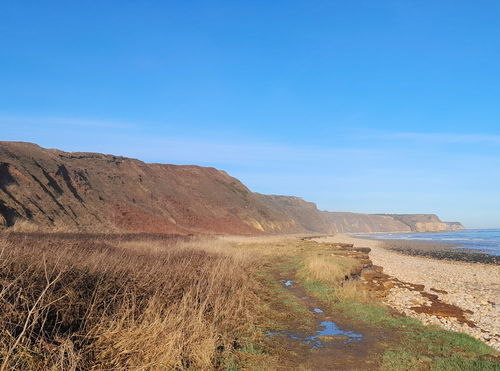
Warren House Gill, Horden
Landscape Horden County DurhamA gem on the County Durham coast in terms of variety, scenery, history and passive science at work.
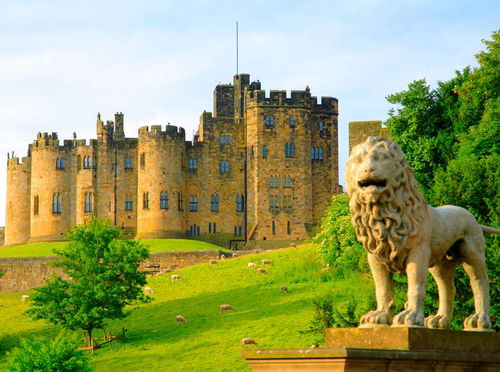
Alnwick Castle
Castle Alnwick NorthumberlandA castle and country house in Alnwick, Northumberland. It is the seat of The 12th Duke of Northumberland.
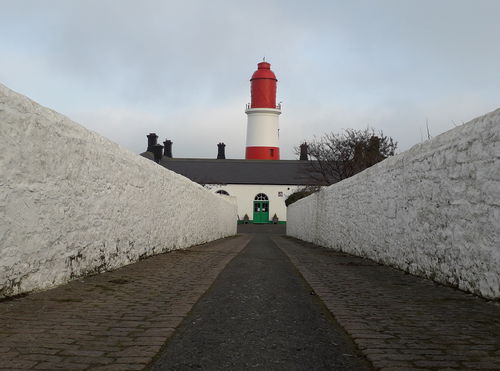
Souter Lighthouse
Lighthouse Whitburn Tyne And WearBuilt in the 1870s, it was the first lighthouse in the world to be designed and built specifically to use alternating electric current.
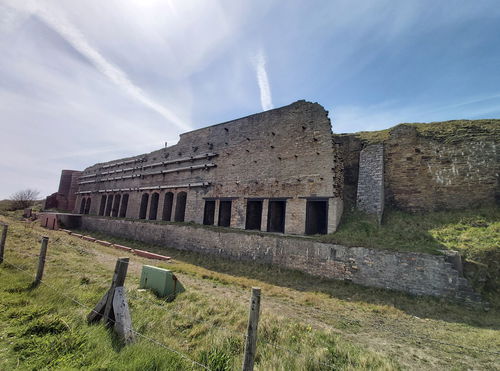
Marsden Lime Kilns
Lime Kiln South Shields Tyne And WearLime kilns on the coast near South Shields, built in the 1870s.
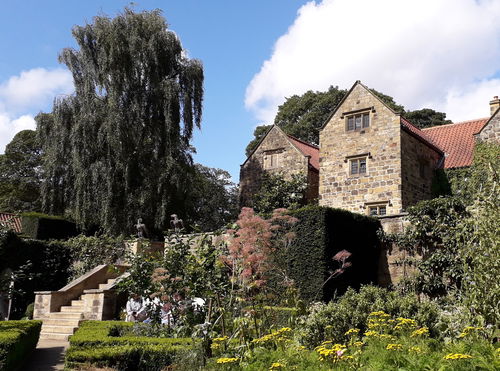
Washington Old Hall
Building Washington Tyne And WearManor house associated with the family of George Washington, first president of the USA.
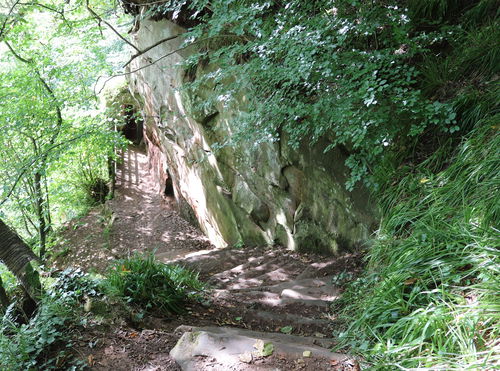
Wetheral Caves - St Contantine's Call
Cave Wetheral CumbriaA 3 chambered cave used by the monks as storage and safegaurd and as a dwelling for St Constantine.
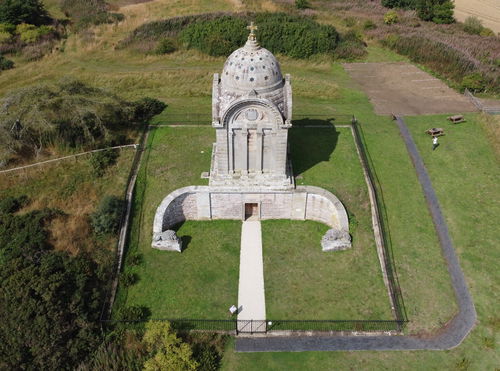
Monteath Mausoleum
Building Jedburgh BordersA spectacular mausoleum for the British soldier Thomas Monteath Douglas.
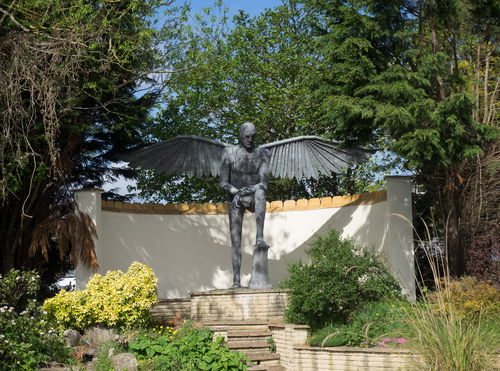
Durham Angel
Statue Peterlee County DurhamDesigned by local sculpturer Ray Lonsdale, this statue Horns could be the Angel Of Durham.
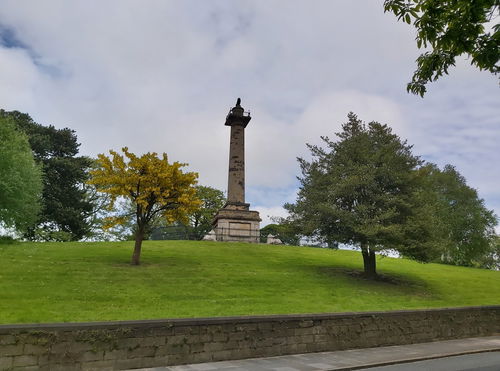
Percy Tenantry Column
Statue Alnwick NorthumberlandA Doric style column with a Percy Lion on the top dedicated to the 2nd Earl of Northumberland.
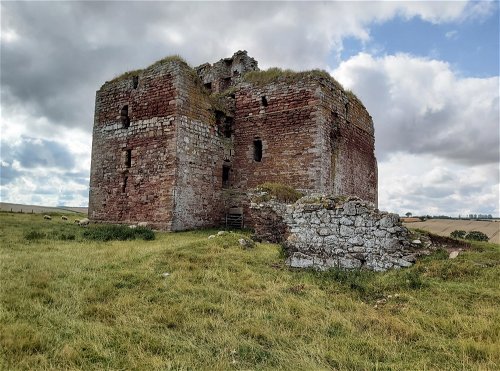
Cessford Castle
Castle Kelso BordersA ruined castle on the Scottish side of the border built by the 1st Earl of Roxburghe.
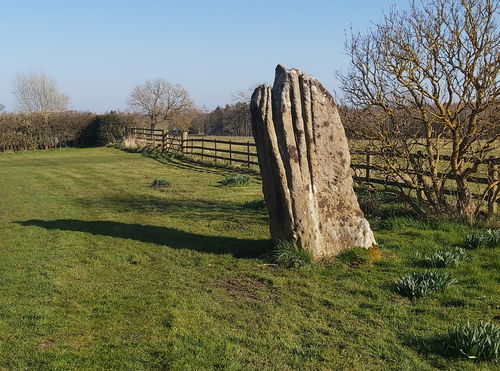
Matfen Standing Stone
Standing Stone Matfen NorthumberlandA prehistoric standing stone with cup markings.
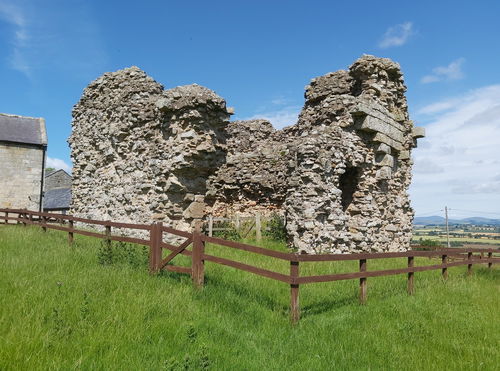
Tosson Tower
Tower Rothbury NorthumberlandA 600 year old ruined Pele Tower used as a stronghold against invading scots.
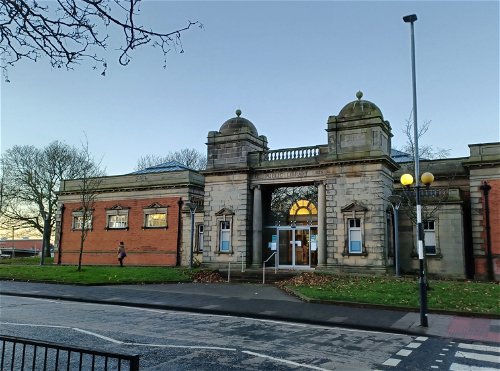
Gateshead Central Library
Building Gateshead Tyne And WearA purpose built library, which opened in 1926 with funding from the Carnegie Trust.
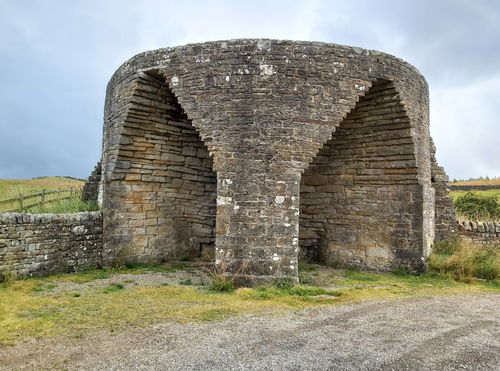
Crindledykes Lime Kiln
Lime Kiln Haydon Bridge NorthumberlandA well preserved lime kiln not far from Vindolanda.
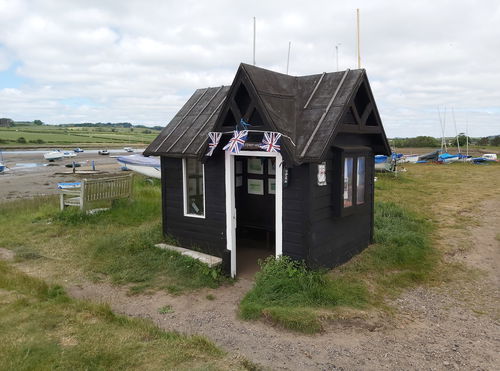
The Ferry Hut - Ferryman's Hut
Building Alnmouth NorthumberlandThe smallest museum in Northumberland (if not the world!!) with pictures, memorabilia and trinkets about boating life in Alnmouth.
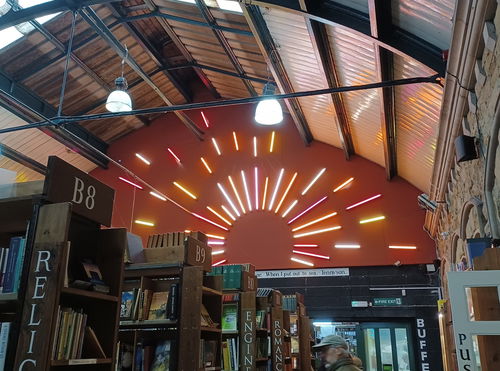
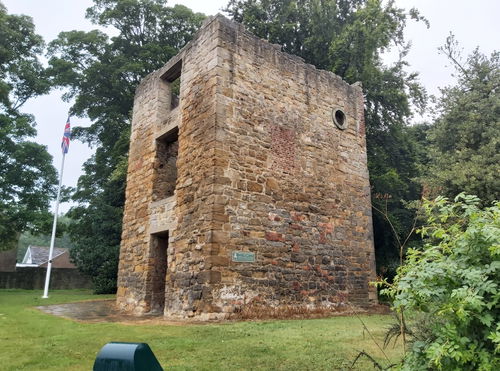
Ponteland Vicar's Pele
Tower Ponteland NorthumberlandA ruined Vicar's Pele sitting on the main high street in Ponteland.
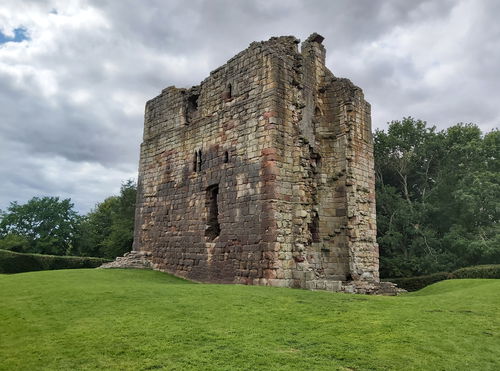
Etal Castle
Castle Ford And Etal NorthumberlandA ruined medieval castle built around 1341 by Robert Manners.
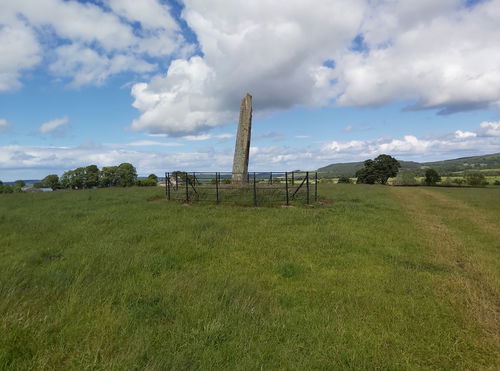
Hurl Stone
Standing Stone Chillingham NorthumberlandA 4m standing stone, most likely a headless cross, maybe thrown there by giants or the devil.
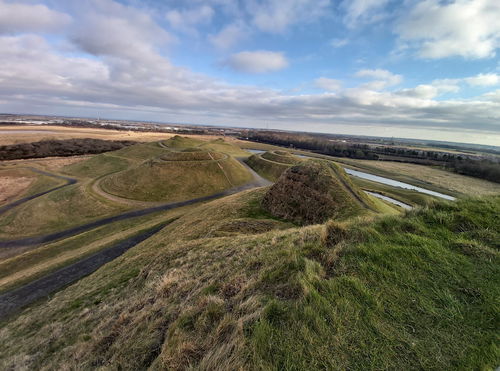
Northumberlandia
Landscape Cramlington NorthumberlandNorthumberlandia is a unique landform sculpture near Cramlington, opened by Princess Anne in 2012.
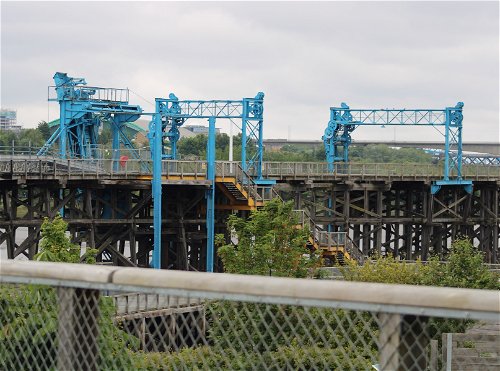
Dunston Staiths
Landmark Gateshead Tyne And WearThe largest timber structure in Europe, built in 1893.
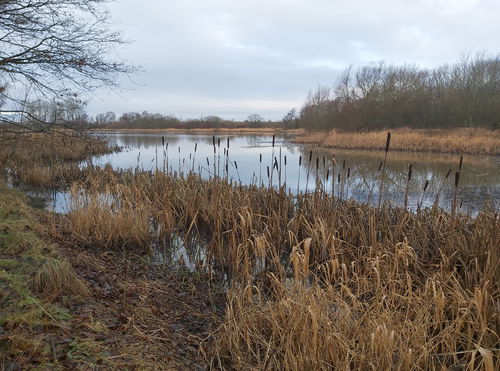
Big Waters Country Park
Water Wideopen Tyne And WearA Country Park and lake on the outskirts of Newcastle Upon Tyne
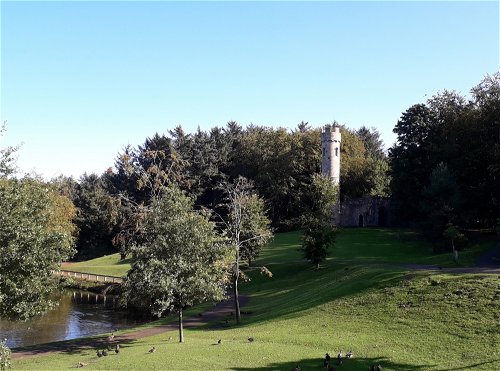
Hardwick Hall Park
Landscape Sedgefield County DurhamAn 18th century, 40 acre park designed by London architect, James Paine.
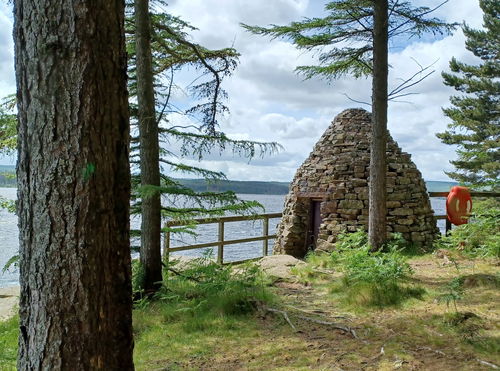
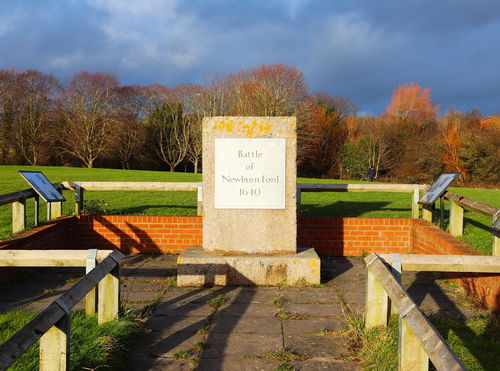
Newburn Ford Battlefield and Ryton Willows
Military Newburn Tyne And WearSite of the battle of Newburn Ford and Ryton Willows Local Nature Reserve
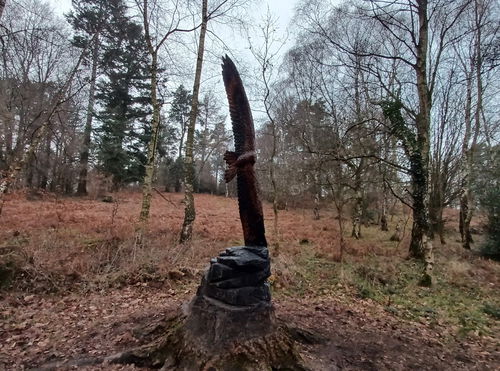
Thornley Woods Sculpture Trail
Landscape Rowlands Gill Tyne And WearA short but sweet 0.8km sculpture trail in Thornley Woods.
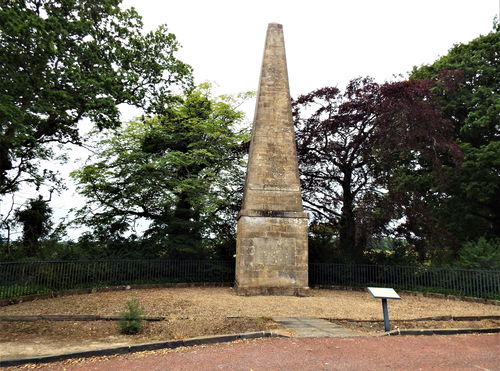
Nelson's Obelisk
Obelisk Swarland NorthumberlandAlso known as Davison’s Obelisk, this monument is a memorial to Horatio Nelson, victor of the Battle of Trafalgar.
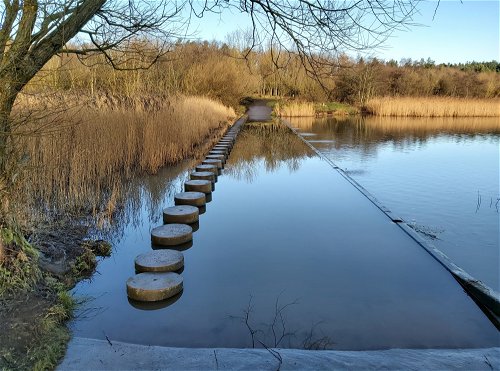
Druridge Bay Stepping Stones
Stepping Stone Druridge Bay NorthumberlandStepping stones over Ladyburn Lake in Druridge Bay Country Park.
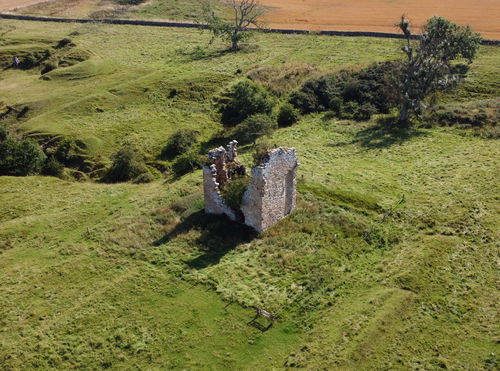
Timpendean Tower
Tower Jedburgh BordersA ruined 15th century tower house near Jedburgh in the Scottish Borders.
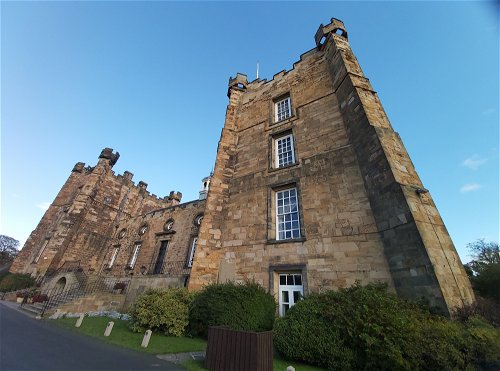
Lumley Castle
Castle Chester-le-Street County DurhamA grade I listed castle built in 1392, now a stunning hotel.
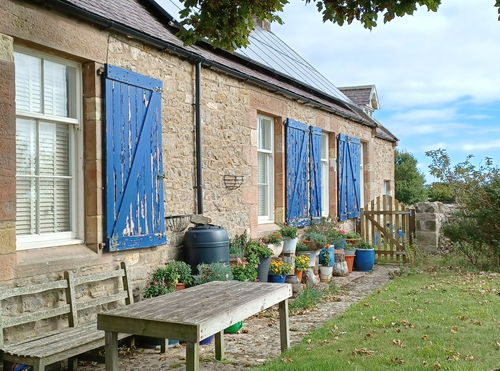
The Snook
Landscape Holy Island NorthumberlandThe peninsula part of Holy Island, made up of dunes, salt marshes, Snook House and Snook Tower
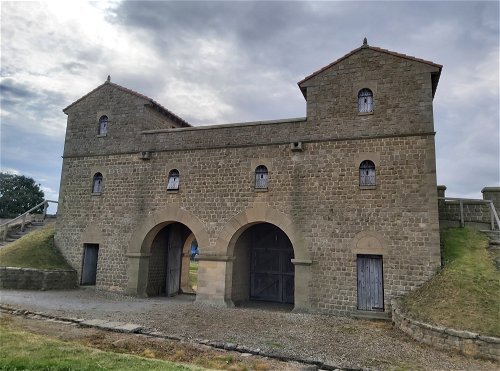
Arbeia Roman Fort
Building South Shields Tyne And WearA reconstruction of a gatehouse and buildings on the original foundations of the Roman buildings.
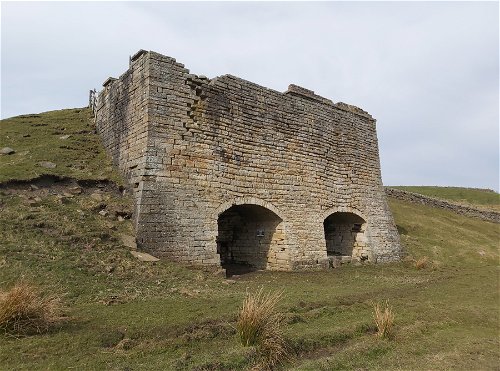
Thorngreen Lime Kiln
Lime Kiln Allendale NorthumberlandAn ingeniously preserved lime kiln sitting on the wonderfully named Slag Hill.
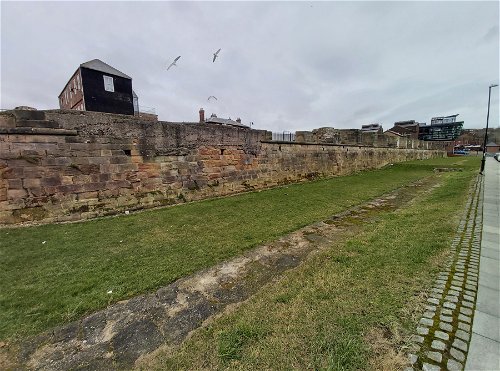
Clifford's Fort
Military North Shields Tyne And WearA defensive gun battery established near the mouth of the Tyne during the Anglo Dutch Wars in the 17th Century and used during various later conflicts.
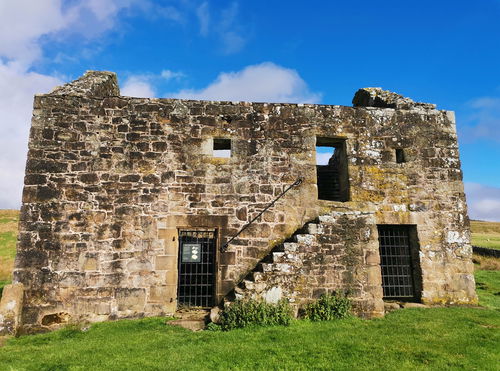
Black Middens Bastle House
Bastle Bellingham NorthumberlandA ruined bastle and cottage located in a remote area of Bellingham.
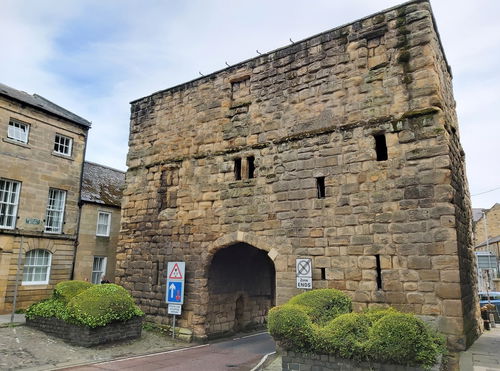
Bondgate Tower
Tower Alnwick NorthumberlandA 15th century gatehouse that was part of the Alnwick old town walls.
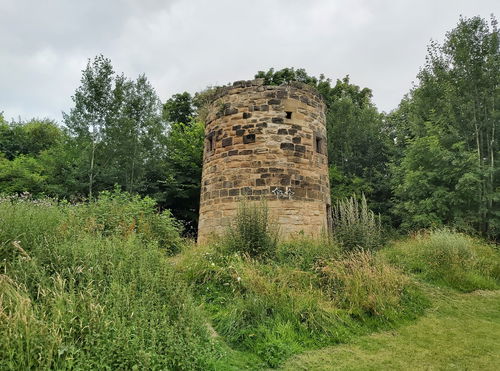
Heaton Windmill
Windmill Jesmond Dene Tyne And WearAn old ruined windmill sitting in Armstrong Park.
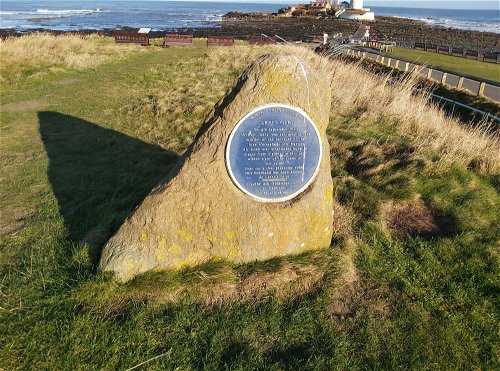
Curry's Point
Landmark Whitley Bay Tyne And WearA plaque marking the site of a gibbet where Michael Curry was chained for murder.
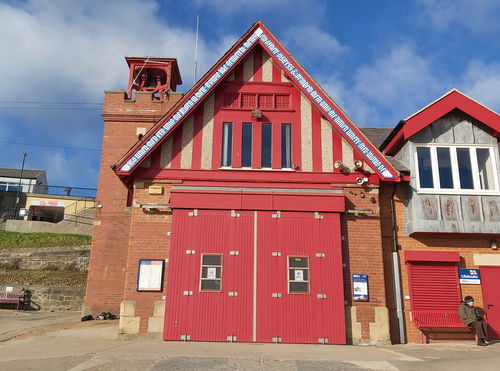
Cullercoats Lifeboat Station
Building Cullercoats Tyne And WearA 19th Century, Grade II listed, Lifeboat Station situated on the beautiful horseshoe bay at Cullercoats.
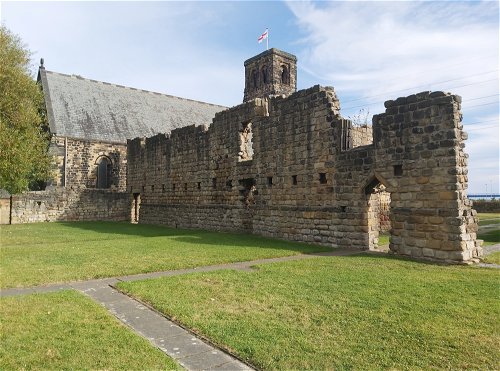
St Paul's Monastery
Religious Place Jarrow Tyne And WearAnglo-Saxon Monastery where St Bede spent his life from the age of seven.
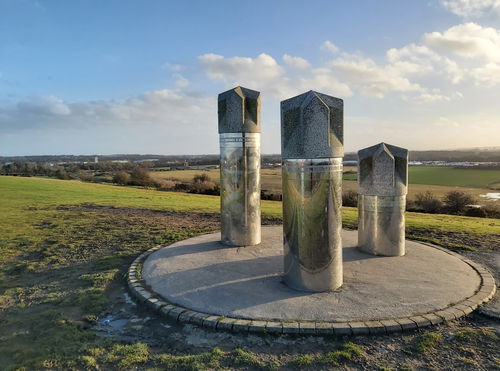
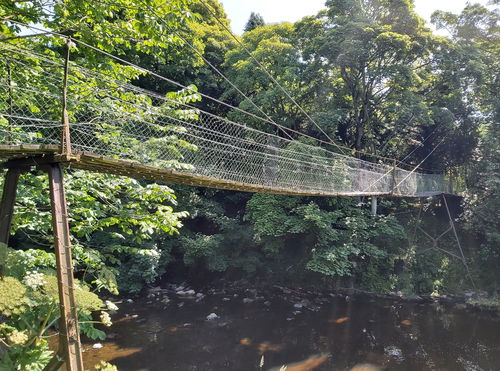
Bothal Footbridge
Bridge Bothal NorthumberlandA small suspension footbridge crossing the river Wansbeck.
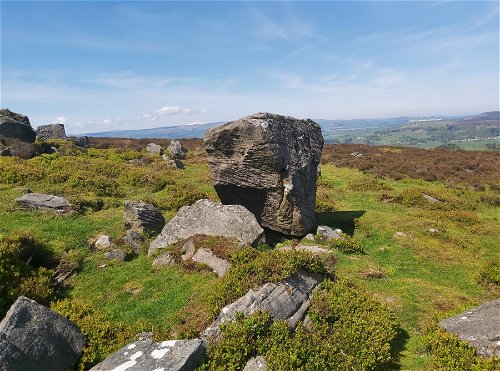
Thompson's Rock Solstice Stone
Standing Stone Rothbury NorthumberlandA holed stone in the Simonside Hills that lines up with the summer solstice.
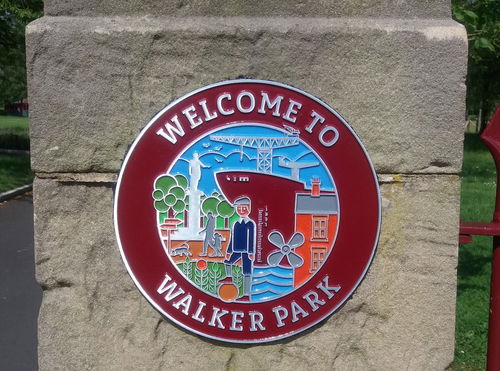
Walker Park
Landscape Walker Tyne And WearA Victorian public park in Walker, Newcastle with links to Robert Burns and its own population of Ring Necked Parakeets.
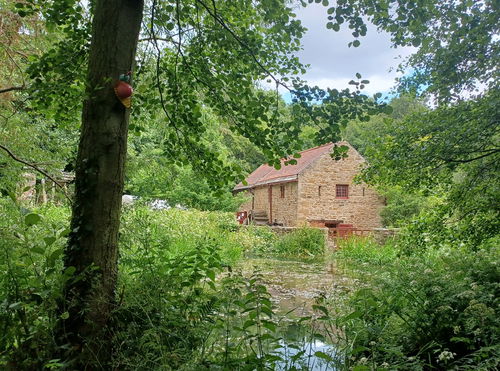
Path Head Water Mill
Building Gateshead Tyne And WearWater Mill on the edge of Blaydon, originally built in 1730.
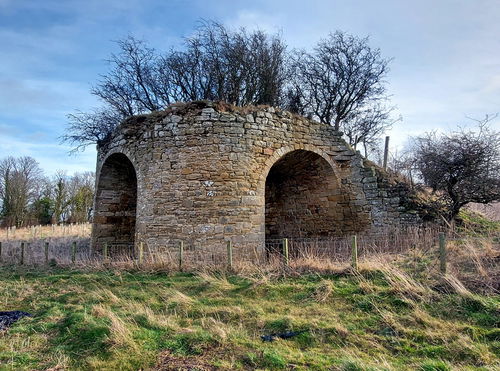
Alnwick Moor Quarry Lime Kiln
Lime Kiln Alnwick NorthumberlandA lime kiln situated on Alnwick Moor, one of 400 that would have been used in Northumberland.
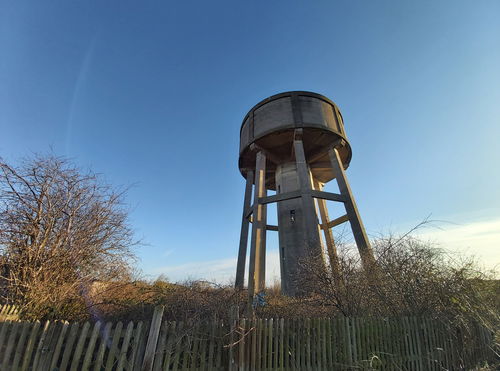
Broomhill Water Tower
Water Tower Amble NorthumberlandAn old water tower from Broomhill Colliery that was sold at auction to be a house.
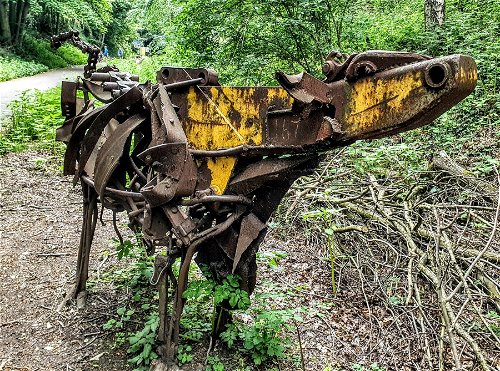
Beamish Shorthorns
Art Consett County DurhamA sculpture of four metal cows constructed from old JCB parts, grazing on the C2C route near Beamish.
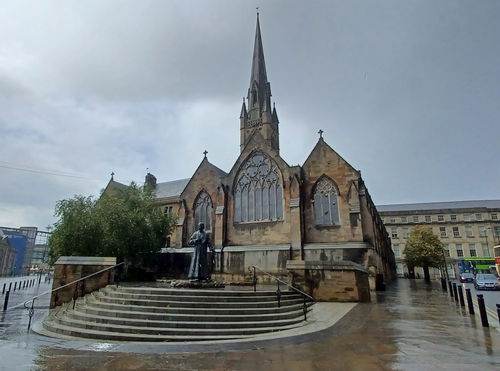
Cathedral Church of St Mary
Religious Place Newcastle City Centre Tyne And WearThe Grade I listed Cathedral Church of St Mary, Newcastle's Catholic and first Cathedral.
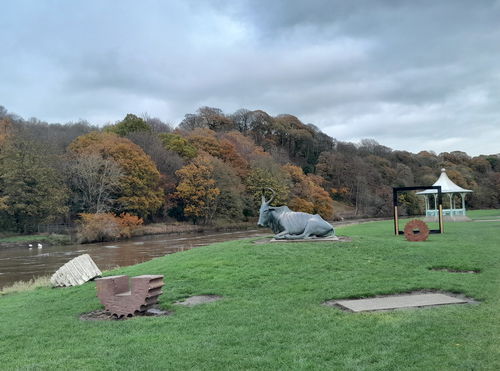
Durham Cow
Art Durham County DurhamLife size sculpture referring to the legend of Durham's founding on the banks of the River Wear
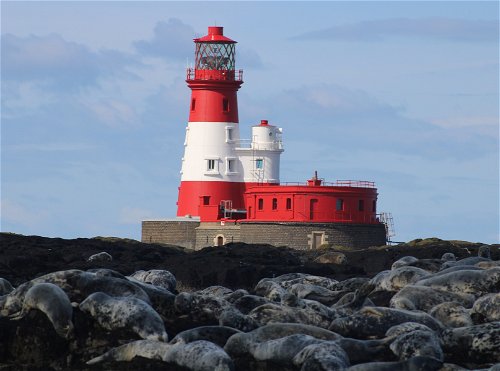
The Farne Islands
Landscape Seahouses NorthumberlandGroup of islands off the coast of Northumberland.
Filter Results
Filter the places by category or their location, or even search by a keyword.
